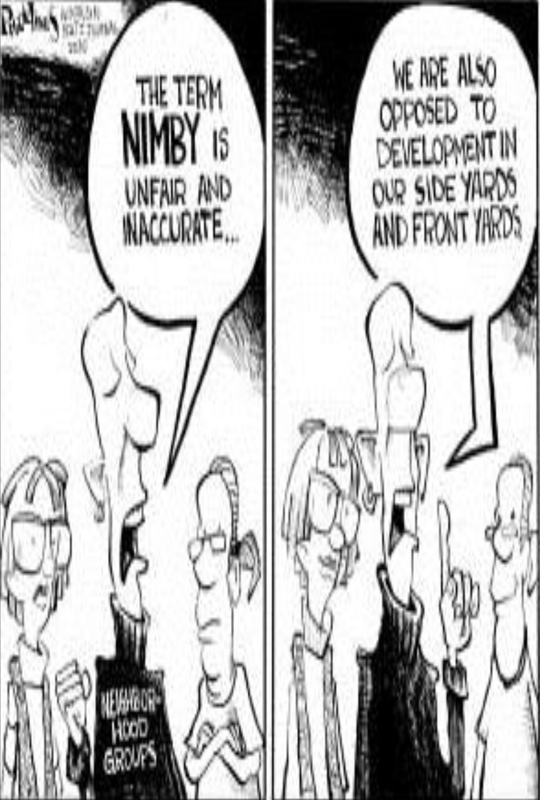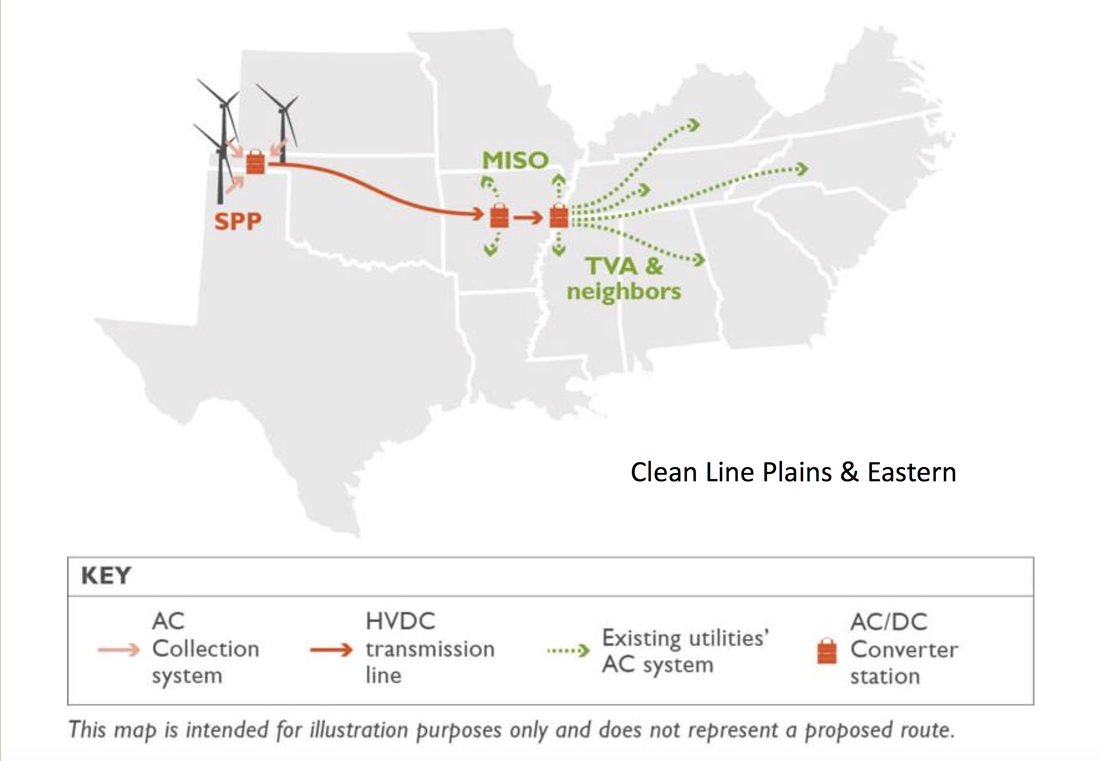November 29 came, November 29 went. November 30 happened.
What did Clean Line file? Nothing. Not.A.Thing.
Apparently it's okay to make your own rules and orders at the Kansas Corporation Commission. If you're a utility with a well-connected attorney, you can do anything you want without repercussion.
Because the night before Thanksgiving, Clean Line's attorney filed a motion asking for an Order from the Commission to suspend the procedural schedule that required it to file evidence by November 29, and to extend Clean Line's permit until further notice. Clean Line dropped its little Invenergy bombshell and shared that it had a little party with KCC Staff the week prior and "introduced" Invenergy to the Staff. I wonder if there was vanilla panna cotta?
However, the KCC never responded. The KCC did not issue an order suspending the procedural schedule. That means that Clean Line was still obligated to file its evidence by November 29.
Who disobeys a direct order of a state regulatory commission? Clean Line.
Pass the lavender lemonade cocktails. I need to practice making the lavender lemonade cocktails face. Apparently it gives you immunity from regulatory oversight.





 RSS Feed
RSS Feed